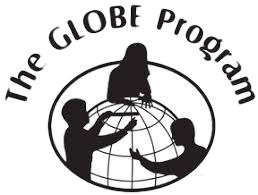Uncover
Our Water Health
How healthy is our community's water ecosystem?
The best way to learn about your local water ecosystem, and how to help it, is to spend time on-site observing and investigating. What watershed is it a part of? What plants and animals live there? How healthy is the water?
Here are some ways you can investigate your water ecosystem:
- Review watershed reports
- Explore by land or water and record your on-site observations
- Conduct water quality tests for The GLOBE Program citizen science project
- Collect and identify water macro-invertebrates to determine diversity and water quality

Watershed Reports
There are 80 different watersheds across Minnesota. Which do you live in? Find out more on this Minnesota state agency website that identifies and describes your watershed by zip code.
On-Site Observations
Conduct an O.W.L. survey (Observe, Wonder, Link) to explore your site. You can make your observations while walking along the bank or shore or driving along the water's edge in a car or bike. You can even make observations in the water on a Canoemobile!
Water Quality Testing
Investigate the water's health and pollution levels by conducting these water quality tests to gather data. You can repeat the tests over weeks or months to get a more complete picture and track changes in water quality over time. Follow links to data collection protocols and share your data with scientists in one or more citizen science projects.

Macro-Invertebrate Survey
Catch, identify, and release tiny aquatic macro-invertebrates. They are reliable indicators of water pollution because some species can only live in clean and clear water, while others can tolerate polluted waters. You can find them free-swimming, or clinging to water plants or rocks, and can identify them with a hand lens.


